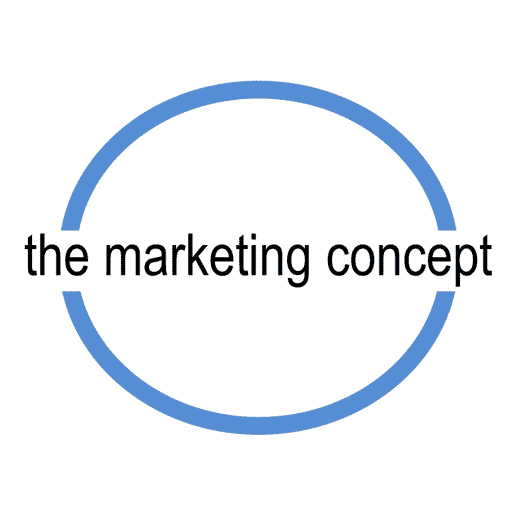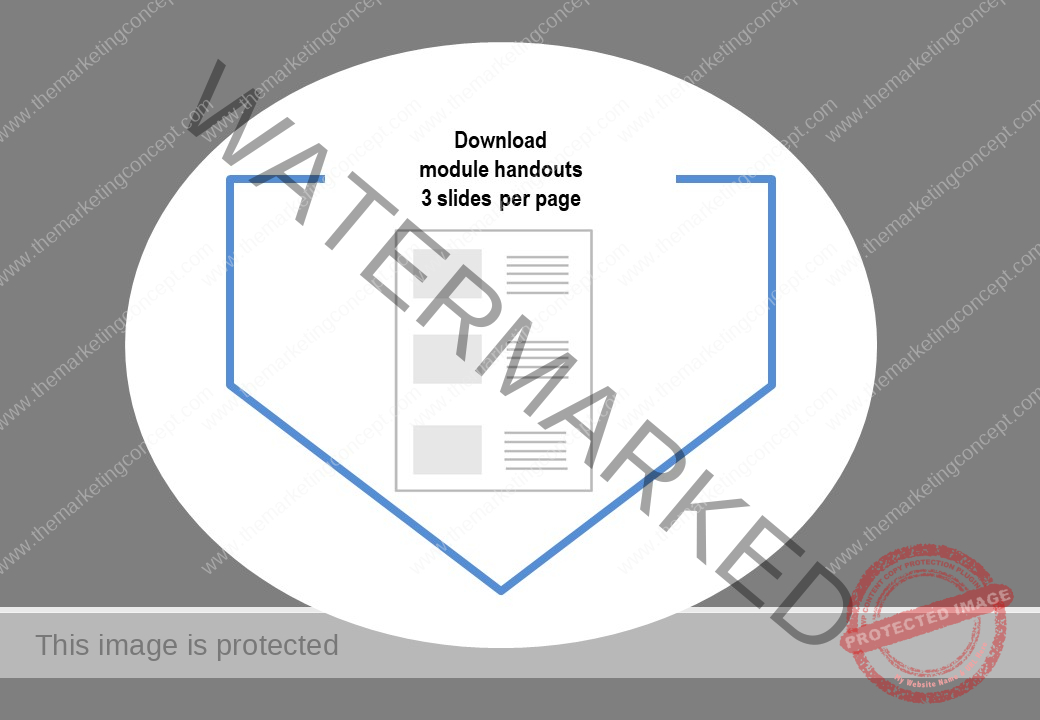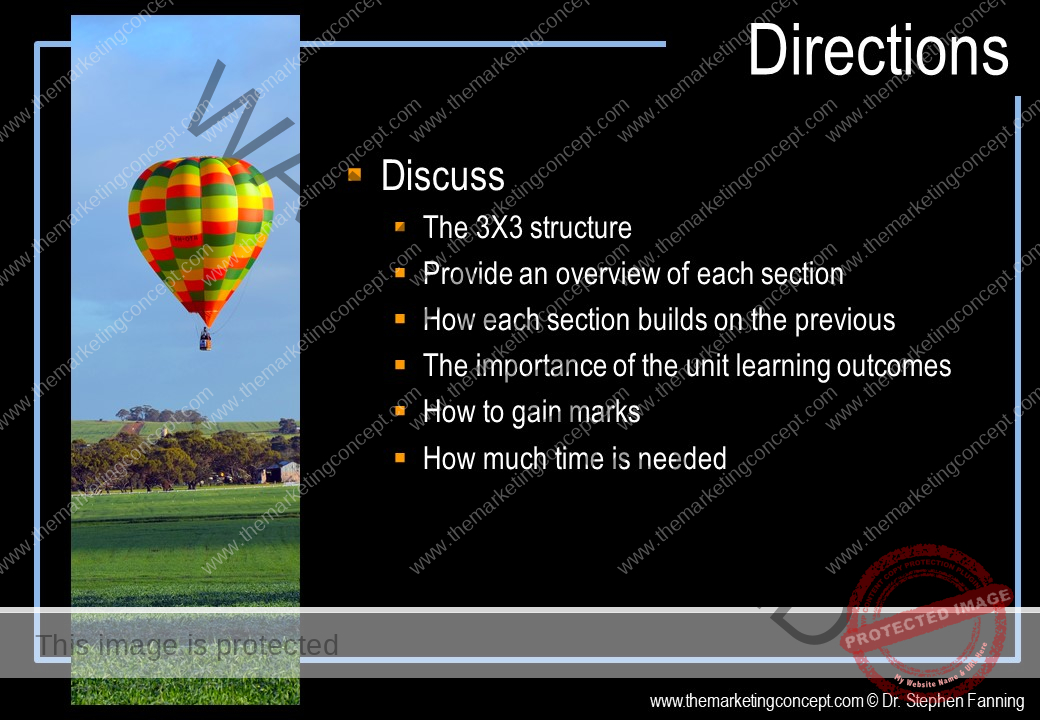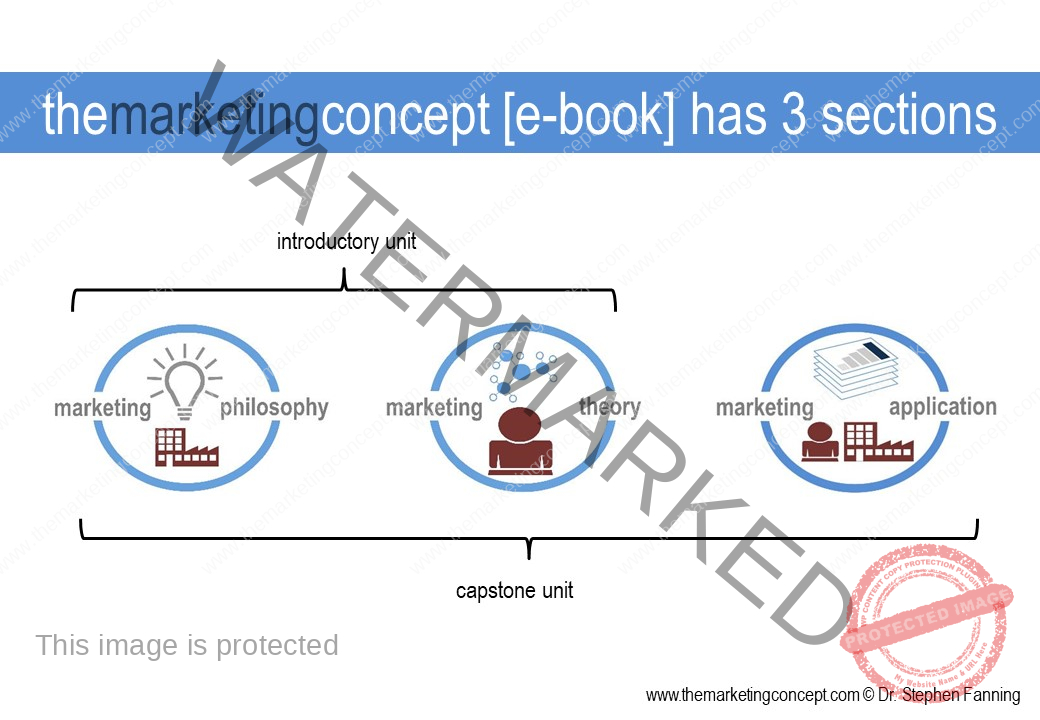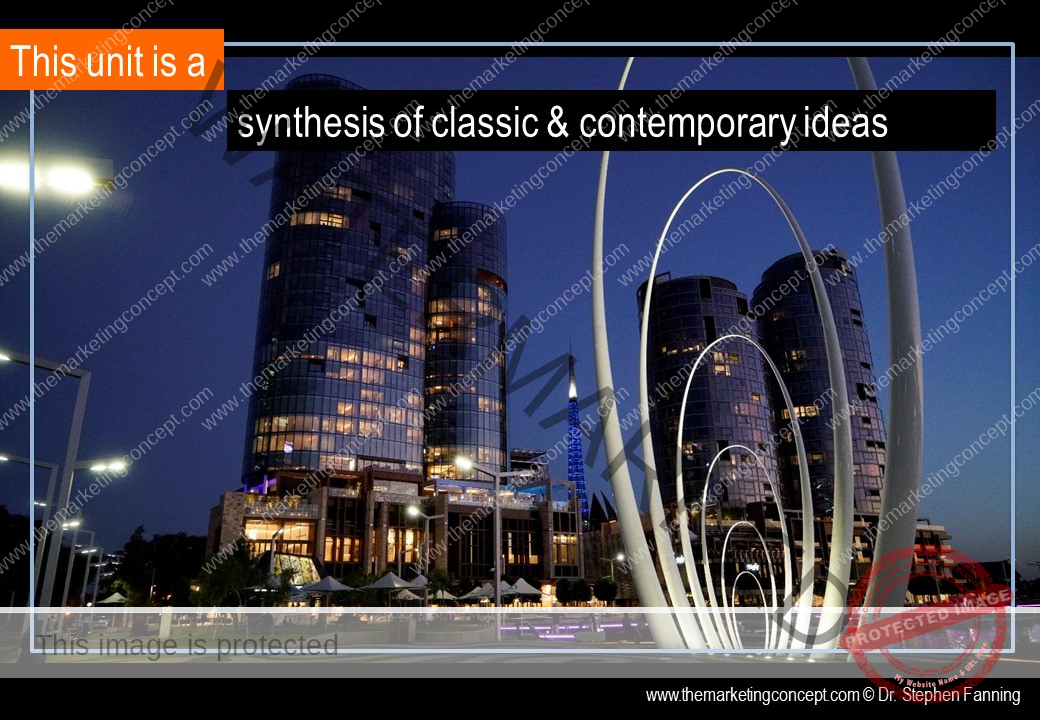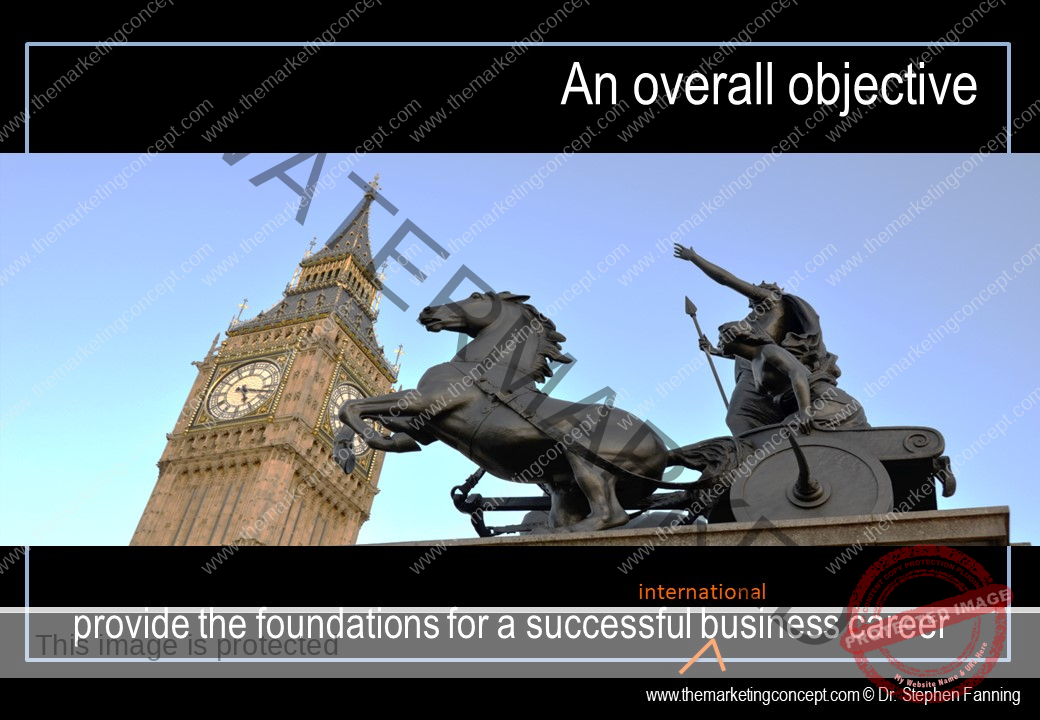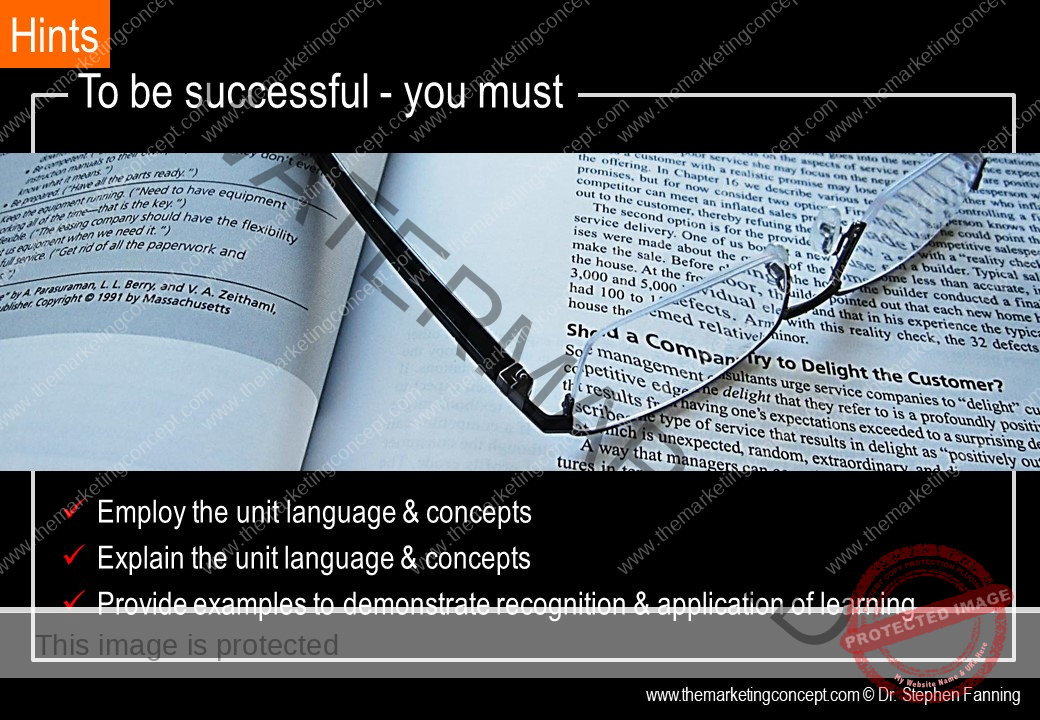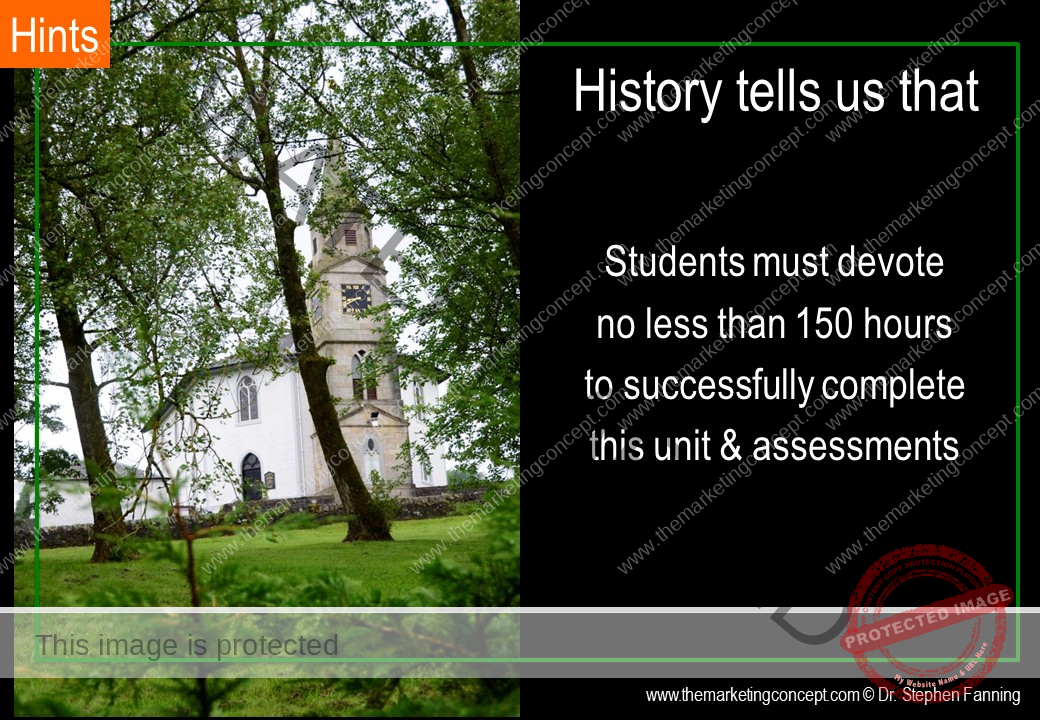Section 1: Marketing philosophy
This section outlines the philosophy that underpins how marketing practitioners consider the situational factors facing their organisation. The philosophy section begins with the recognition of the marketing concept as an axiom of business. The marketing concept is based on the premise that organisations that best satisfy their customers’ needs are best placed to satisfy their own needs. In section one we explore how markets and society have evolved. Although the evolution explores the past, the takeaway message is that the marketing concept has and will be the quest for best satisfying products.
The marketing philosophy section is organised into 3 modules:
-
- Marketing definitions
- Evolution of marketing
- Marketing objectives
The e-book presents the view that in marketing there is no ‘one right way’ – there are always situational factors – therefore, organisational success is contingent on how well the situational factors are considered and managed. This highlights that although many organisations adopt the marketing concept, they must analyse the situational factors they encounter and then design and develop a philosophy to achieve the values embedded within the marketing concept. Therefore, organisations will design and develop a marketing philosophy that is unique to their situational factors [COMP].
Designing and developing the right marketing philosophy is critical as, in time, the marketing philosophy is cemented as an organisational culture and ultimately forms a brand identity. As we progress through section 1, we will discover how a marketing philosophy differs from other business philosophies.
Section 2: Marketing theory
This section organises the giga, mega, and milli marketing concepts. The marketing concept is regarded as the giga-marketing concept as it spans the entire e-book, the marketing concept is then divided into 3 mega-marketing concepts; each discussed in a module.
The marketing theory section is organised into 3 modules:
-
- The buyer decision process
- The total product
- The circle of satisfaction
The objective of grouping information into 3 mega-marketing concepts is to enable students to better understand the hierarchy, roles and relationships between concepts. This grouping will also allow efficient searching and effective recalling of information.
The first mega-marketing concept ‘the buyer decision process’ unpacks the consumer’s journey through the 3-time zones of the buyer decision process. This is a process where consumers are transformed into customers. The buyer decision explores the decisions and the decision-making rules that people make during the buying and consumption process. The buyer decision process will vary according to situational factors and the degree of involvement is discuss; for example, selecting a snack bar at a convenience store will take a short time, whereas selecting a motor car will take considerably longer.
The second mega-marketing concept ‘the total product’ discusses the P in the COMP factors and is directed towards the strategic objectives of product leadership and operational excellence. Although, the total product spans all 3-time zones of the buyer decision process, there is more emphasis on the 2nd time zone – ‘the product delivery time zone’.
The third mega-marketing concept ‘the circle of satisfaction’ is a bridge that spans the buyer decision process and the total product. The circle of satisfaction details the interactions between the customer and the organisation during the buyer decision process. From an organisational perspective the circle of satisfaction outlines the steps to assist marketing practitioners to achieve the 9 key marketing objectives and cultivate a competitive advantage.
Section 3: Marketing application
This section outlines how an organisation plans and goes to market with the intent of gaining a competitive advantage.
The marketing application section is organised into 3 modules:
-
- The CADDIE process: collect and analyse
- The CADDIE process: design and develop
- The CADDIE process: implement and evaluate
The marketing philosophy discussed in section 1 and the marketing theory discussed in section 2 provides an overview of what and how marketing practitioners think. The theory discussed in section 2 provides an insight into customer decision-making. Section 3 outlines how this theory is applied to organisational decision-making process – through the CADDIE business-marketing planning process.
It is perhaps stating the obvious, but worth emphasising that understanding and applying marketing theory will enable marketing practitioners to analyse the situational factors, design and develop a marketing plan, implement the marketing plan through a series of marketing action plans and then implement evaluate and control the marketing activities to achieve organisation’s financial, strategic, and communication objectives.
